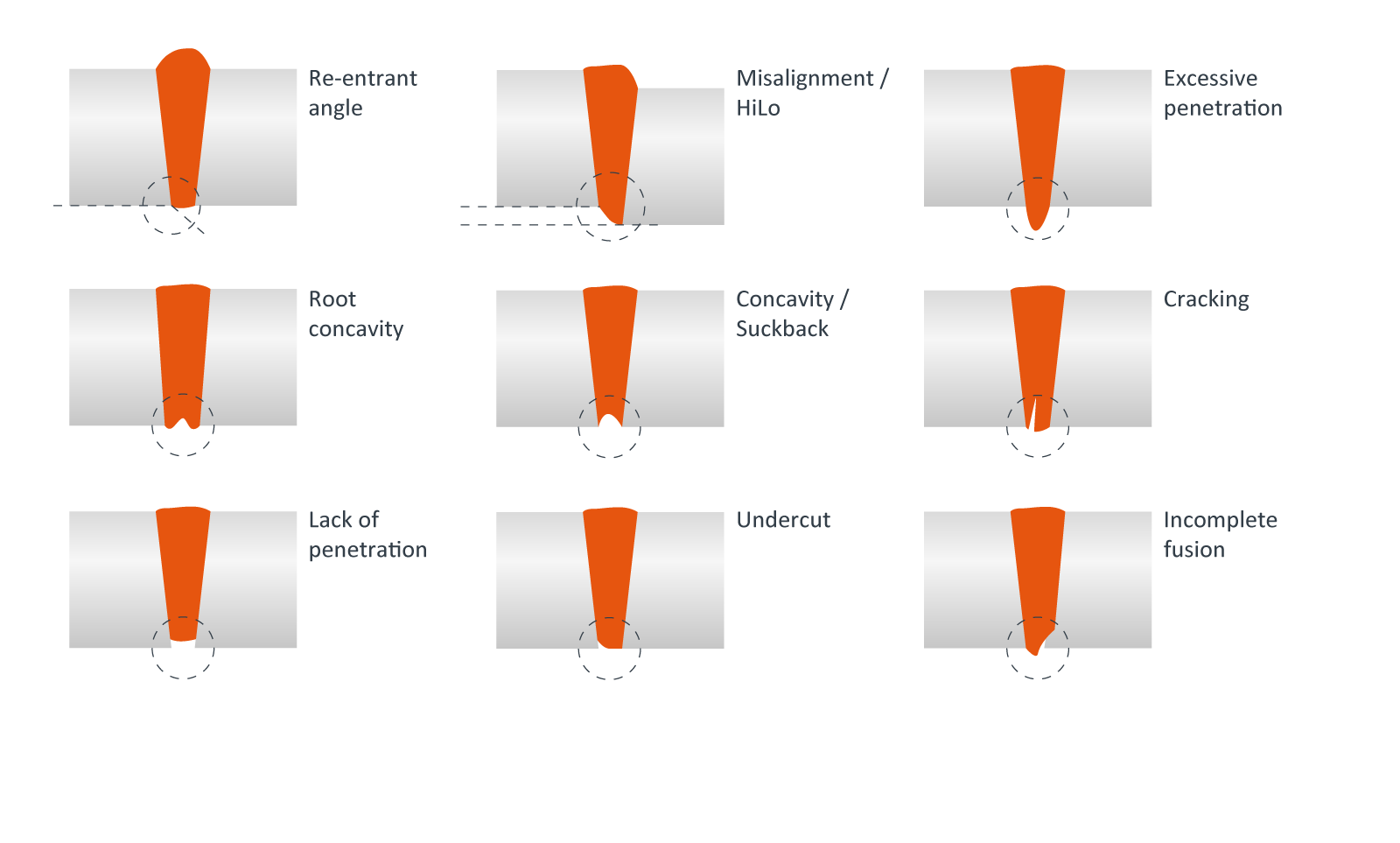A Comprehensive Overview to Identifying, Stopping, and Repairing Undercut Welding Troubles in Your Welding Projects
In the realm of welding, experiencing undercut issues is a typical difficulty that can jeopardize the structural integrity and overall top quality of your welding jobs. Stay tuned as we check out the necessary parts of identifying, protecting against, and taking care of undercut welding problems, providing you with valuable insights and methods to boost your welding abilities to the following level.
Typical Root Causes Of Undercut Welding
Undercut welding, an usual problem in welding procedures, can be triggered by numerous factors that require to be carefully recognized and dealt with to ensure the honesty of the weld joint. One of the primary sources of undercut welding is excessive warm input. When the welding specifications, such as voltage, current, or take a trip rate, are not effectively set, an excessive quantity of warmth can be generated. This excess heat causes the melting and succeeding removal of the base material along the edges of the weld joint, producing a groove called undercut.
An additional typical reason for undercut welding is inappropriate welding method. Poor control of the soldering iron or gun, wrong angle or range in between the workpiece and the torch, or inconsistent traveling speed can all add to the formation of undercut. Furthermore, utilizing the wrong welding consumables or electrode dimension for a particular joint configuration can bring about undercut concerns. Identifying these root creates and applying restorative steps is important in stopping and fixing undercut welding problems in welding projects.
Identifying Undercut in Welds

To determine undercut precisely, correct lights and zoom tools are vital to check the weld joint thoroughly. Utilizing devices such as a welding gauge or a magnifying glass can aid in identifying also the tiniest undercut flaws. In addition, running a finger or a finger nail along the weld joint can sometimes expose undercut, as the surface area might feel uneven or have a dip where the undercut exists.
Preventative Measures for Undercut
Having a deep understanding of the causes of undercut in welds permits for the execution of efficient precautionary actions to maintain weld high quality and stability. These settings need to be enhanced to prevent too much heat input, which can lead to damage formation.

Techniques for Taking Care Of Undercut

Raising the welding existing or minimizing the traveling speed can help load in the undercut. In addition, changing the welding method from a press to a drag or vice versa can likewise assist decrease undercut.
An additional strategy is to use a weaving activity while welding to make certain correct sidewall blend go to my site and fill in the undercut. By oscillating the welding arc from side to side within the weld joint, the welder can deposit more filler product into the undercut areas, effectively removing the issue.
Additionally, grinding out the undercut and rewelding the joint can be a sensible option for a lot more extreme undercut issues - Preventing weld undercut. This procedure includes removing the undercut area, preparing the base steel, and then rewelding the joint with appropriate welding criteria and techniques to stop undercut from persisting

Professional Tips for Preventing Undercut
Using appropriate welding methods and maintaining control over essential welding specifications are vital methods for welders aiming to prevent undercut in their weld joints. Additionally, selecting the proper welding process and filler steel why not check here for the particular application can assist avoid undercut. Maintaining a consistent travel rate during the welding process is another vital idea to avoid undercut.
Conclusion
Finally, identifying, protecting against, and dealing with undercut welding troubles in your welding jobs is vital for making sure durable and strong welds. Preventing weld undercut. By comprehending the common reasons for undercut, being able to determine it in welds, implementing safety nets, and making use of appropriate methods for taking care of undercut, you can avoid potential concerns and create premium welds. Following specialist tips for preventing undercut can assist you boost your welding abilities and generate better lead to your jobs
Undercut welding, a common concern in welding processes, can be caused by various aspects that need to be very carefully determined and addressed to make certain the stability of the weld joint. Additionally, running a finger or a fingernail along the weld joint can occasionally reveal undercut, as the surface may really feel irregular or have a dip where the undercut exists.
Utilizing appropriate welding methods and keeping control over key welding parameters are important look these up strategies for welders aiming to stop undercut in their weld joints.In final thought, identifying, preventing, and dealing with undercut welding troubles in your welding tasks is essential for ensuring solid and resilient welds. By understanding the typical causes of undercut, being able to recognize it in welds, applying precautionary steps, and making use of correct techniques for fixing undercut, you can avoid prospective issues and develop high-grade welds.